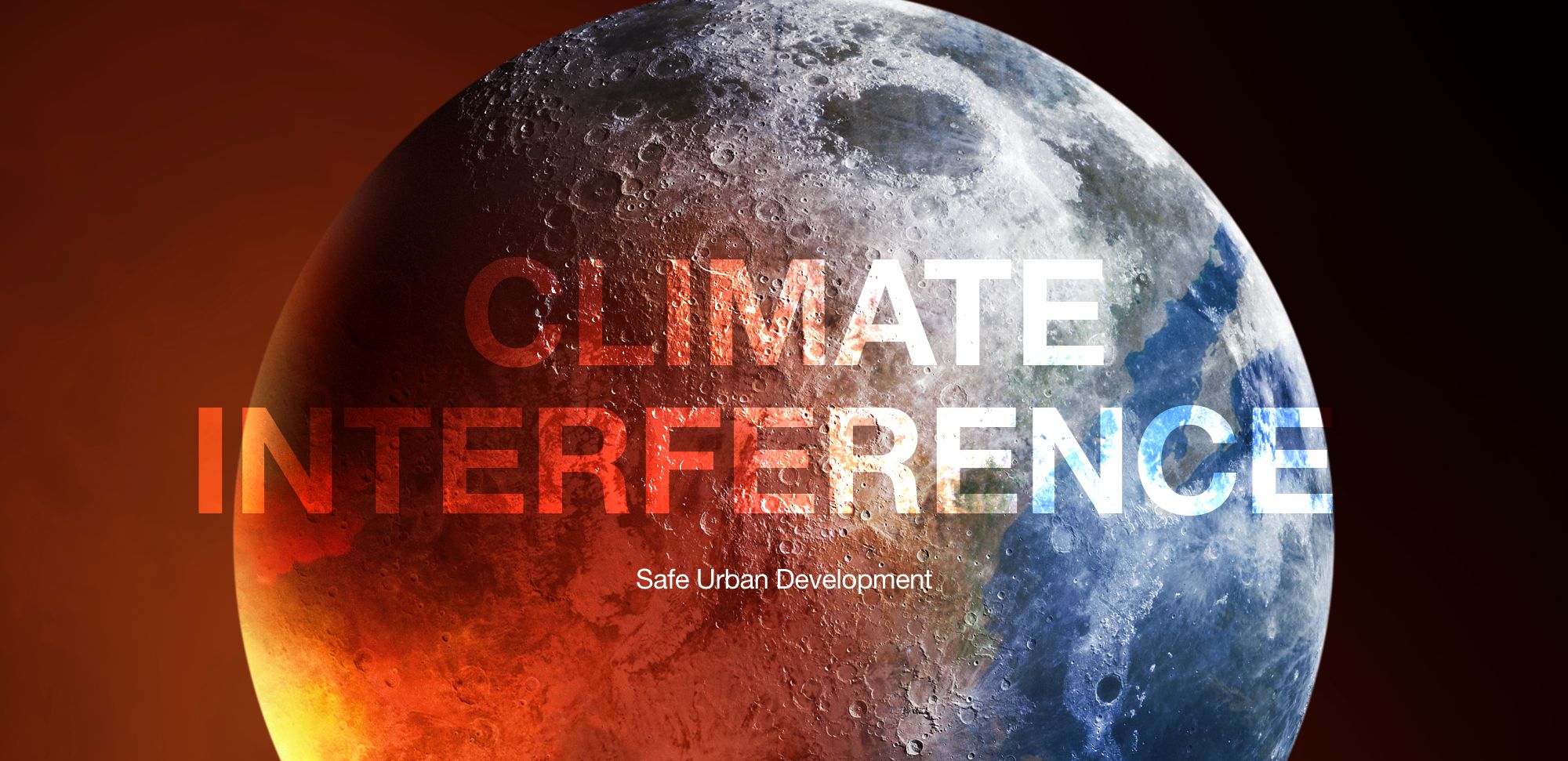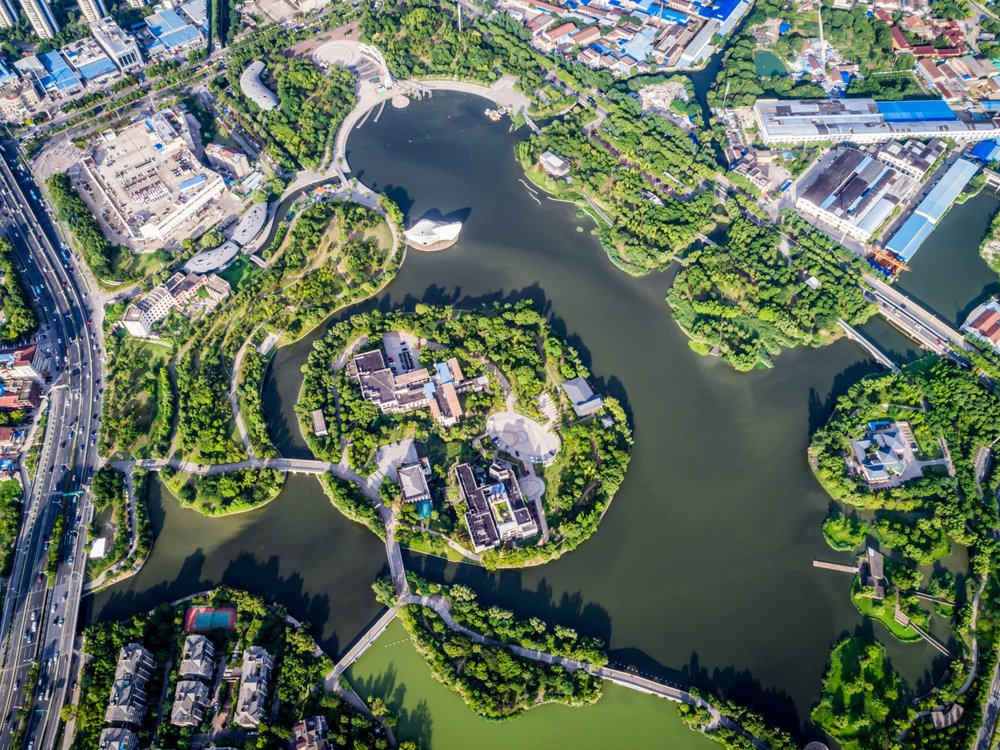
The climate directly interferes with the urban construction and modern planning of buildings, and this appears in many aspects, as the climate plays a prominent role in choosing the appropriate areas for the desired project to be built, and the shape that the project will have, at a time when the wind is one of the prominent climatic elements that are taken into account . by designers when urban planning, so in our article we will talk about how climate interferes with urban construction.
Climate intervention in urban construction
Engineers take into account the factors of balance and compatibility when designing projects of all kinds. Therefore, they always keep in mind the surrounding environmental determinants for their role in providing safety, comfort, privacy, and sustainability in buildings, as climatic and environmental influences play a prominent role in determining the shape and height of buildings, and the quality of materials that must be used in construction, as well as the shape of the windows, the type of plants used and other details.
Climate interference in urban construction can also be highlighted in four elements that designers always study when urban planning, namely:
- temperature and the amount of solar radiation.
- Atmospheric pressure and wind force.
- humidity.
- amount and type of rain.

The impact of climate on urbanization
The climate directly interferes with the urban construction . This appears in the close connection between the planning of urban projects and the prevailing climatic characteristics. This is what makes the planning of cities located in cold regions different from planning in hot and humid regions. Below we review these differences:
Design for temperate regions
The moderate climate in many areas gives high flexibility and greater freedom when designing the facilities in them, as the buildings in these areas do not need many special requirements, but despite that, these buildings are affected by the patterns and engineering treatments applied in the different climatic regions nearby. Also, how close or far the temperate regions are from other regions is an important factor in determining the degree of influence on designs.
Design for hot and humid areas
Climate intervention in urban construction appears in hot and humid areas, as it contributes to increasing shaded areas and separating buildings from each other to provide higher levels of ventilation, in addition to its role in increasing reliance on open falls as much as possible, in addition to the use of roofs that allow air to easily pass through them . with appropriate shading.
The design for hot, humid areas also takes into account that the buildings are high above the ground , so that the air can circulate around the building from all four sides and prevent the building from being affected by rain water, with the use of building materials that do not store heat and do not allow it to pass through, such as wood.
Design for hot and dry regions
The design for hot and dry areas depends on many environmental treatments, the most important of which are: relying on building materials that absorb heat slowly during the day and lose it at night, in addition to reducing the areas of the external facades that are exposed to external heat, while reducing the area and number of external openings. And placing them in high places on the walls, and many other treatments that directly affect the architectural design of any building located in a hot and dry area.

Climate influence on urban planning
The impact of the climate on urban planning can be summarized in a set of key factors that must be taken into account when proceeding with the construction of a project or building anywhere, as these factors contribute to obtaining more sustainable buildings, capable of providing suitable living for the population and less risky, Below we review these factors:
- Construction site: The various climate elements play a prominent role in determining the appropriate building site, and this is what makes some areas suitable for residential establishments, while others are suitable for another type of establishment.
- The materials used: Climate interference in the urban construction is evident in the materials used in the construction. The materials suitable for construction differ according to the difference in the climatic environment.
- The shape and characteristics of the building: Where different climatic elements play a direct role in determining the shape and characteristics of the building.
At the end of our article, we have talked about climate interference in urban construction, and we have reviewed the most important factors that highlight the impact of architectural designs on climate.
We at ACUD CorporationWhich is considered the best construction and urban development company, we adopt the latest engineering methods in sustainable construction that takes into account the different climatic factors, in our desire to provide suitable and completely safe housing and buildings.
To find out more details about ACUD ‘s services, you can contact us from here.